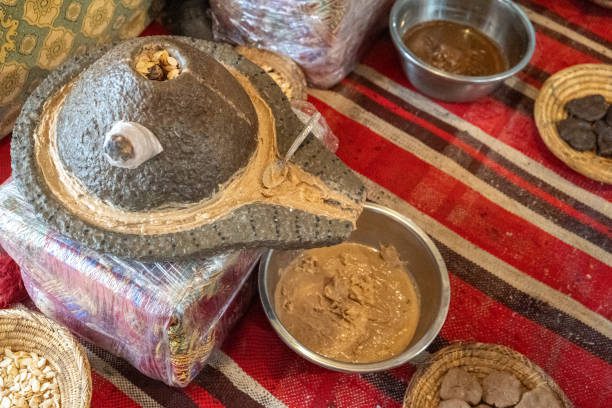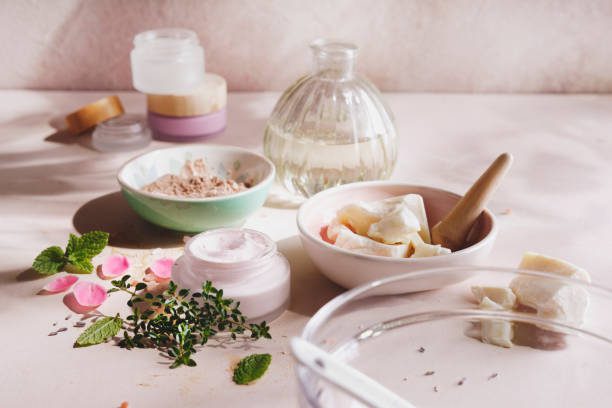Culinary uses of argan oil
Pour yourself with exotic spices to enhance the flavor of your favorite food, where dropping liquid gold over the delicacies of Morocco gives it a nutty aroma of cooked almonds. That is the power in which the argan oil is used in cooking. This article takes a closer look at the culinary uses of argan oil, trying to understand how this ingredient is different and how it can enrich your cuisine and bring a bit of oriental opulence to your home.
What is argan oil?
However, let us first get approximately idea about the culinary uses of argan oil before we go any deeper. Argan oil is removed from the nut of the fruit of the Argan tree, which is found only in Morocco. Old-style extraction has been used by Berber women for many centuries to obtain this incredible oil from Argan nuts. Today it has attained international popularity not only as a cosmetic product but also as an addendum to the kitchen.

Culinary uses of argan oil: A Flavor Revolution
The Perfect Finishing Touch
It is one of the most preferred culinary uses of argan oil in use as a finishing oil. Because of its fine, slightly nutty taste, it is to be used in the last processes of food preparation. Try it on:
- Grilled vegetables
- Roasted meats
- Freshly baked bread
- Soups and stews
The oil is always perceived to bring an extra class to the dish and gives the food a better taste.
Elevating Your Salad Game
In the case of salad dressings, the culinary uses of argan oil are the focus. The individual taste of the product can promptly complement basic and compound salads. A simple vinaigrette can be produced by mixing argan oil into the bowl containing lemon juice and a pinch of salt, then whisking them. Or, infuse the blend with honey, Dijon mustard, or choose from a host of herbs that blend perfectly with the nutty flavor of olive oil.
Dips and Spreads in Moroccan Style
Discover the culinary uses of argan oil in Moroccan dips and spread recipes. It is quite famous to try amlou, which is almond butter prepared using argan oil, honey, and almonds. Serve it on toasts or may use it as a dip for fruits. It can also be used for a garnishing purpose for products such as hummus or baba ganoush by drizzling some argan oil on top of the product.
Argan Oil in Baking
Although not as common, the culinary uses of argan oil extend to baking. Its nutty flavor can add depth to:
- Cookies
- Cakes
- Breads
You can also infuse a small amount of argan oil into a recipe and use it in place of conventional oil or butter in the recipe.
Enhancing grilled dishes
In choosing the marinating ingredients, even before actually preparing to fire up the grill, consider the culinary uses of argan oil. Mix it with herbs, spices, and citrus for a flavorful coating on:
- Chicken
- Fish
- Vegetables
What this oil does is seal in moisture as well as give the beans the taste that is attributed to them.
Health Benefits: More Than Just Flavor
As we are dwelling on the culinary uses of argan oil, it is also worthy to look at the aspect of this’s health implications. Rich in vitamin E and essential fatty acids, argan oil may contribute to:
- Heart health
- Improved digestion
- Reduced inflammation
Because of these potential benefits, the culinary uses of argan oil are even more appealing to health-conscious cooks.
Argan oil storage and its handling
In the culinary uses of argan oil, the most effective way of using the ** is right storage. Store your oil in a cool, dark place to avoid compromise of its quality and the development of rancidity. A glass bottle with a dark color should be used to store the oil because it will reduce the chances that the oil comes into contact with light. When properly processed, it is possible to have the argan oil be good for a period of up to two years.
Combing Argan Oil with Other Parts
The uses are immense, but knowing how to complement it can elevate your food to the next level. Here are some delicious combinations to try:
- Argan oil and honey, a traditional combination in Moroccan cuisine, can be served on yogurt or fruit.
- Argan oil and lemon: In addition to that, citrus flavors blend perfectly with the nutty taste in dressing and marinating.
- Argan oil and roasted nuts: To augment the nuttiness, apply argan oil to roasting almonds, walnuts, or pistachios.

Conclusion
From the last garnishing to the Moroccan specialties such as a, b, and c and to the complicated flavors of Moroccan foods and beverages, the culinary uses of argan oil are as rich as they are tasty. This stuff can literally turn the most mundane of meals into some of the most epic productions you will ever eat. As you move around attempting to find the culinary uses of argan oil in your own house, particularly in the kitchen area, always remember that too much of everything is poisonous, even if it’s a spice. Beginners should go for small portions and let the taste buds do the work on this culinary adventure.
Whether you are a professional cook or only interested in the kitchen, adding argan oil to your list of used products is a great step. Why not grab a bottle and start with the culinary uses of argan oil today? Speaking of taste buds, you will have quite an adventure through them.
FAQ
How many milliliters of argan oil are required when cooking my food?
If you are going to get into the culinary uses of argan oil, begin with small amounts. It has a very strong flavor, so a little bit is enough. Start with a small amount. Apply it as a seasoning using a teaspoon or two of truffle oil in dressings and use it for the final touches.

